OSHA’s Anti-retaliation Rules for ACA
Do you know that Fed-OSHA has regulations on whistleblowing and employer retaliation under the Affordable Care Act?
The rules set forth procedures and time frames for reporting and processing whistleblower complaints by employees against their employers and expand the instances in which an employee can sue their employer for retaliation under the ACA.Read More











